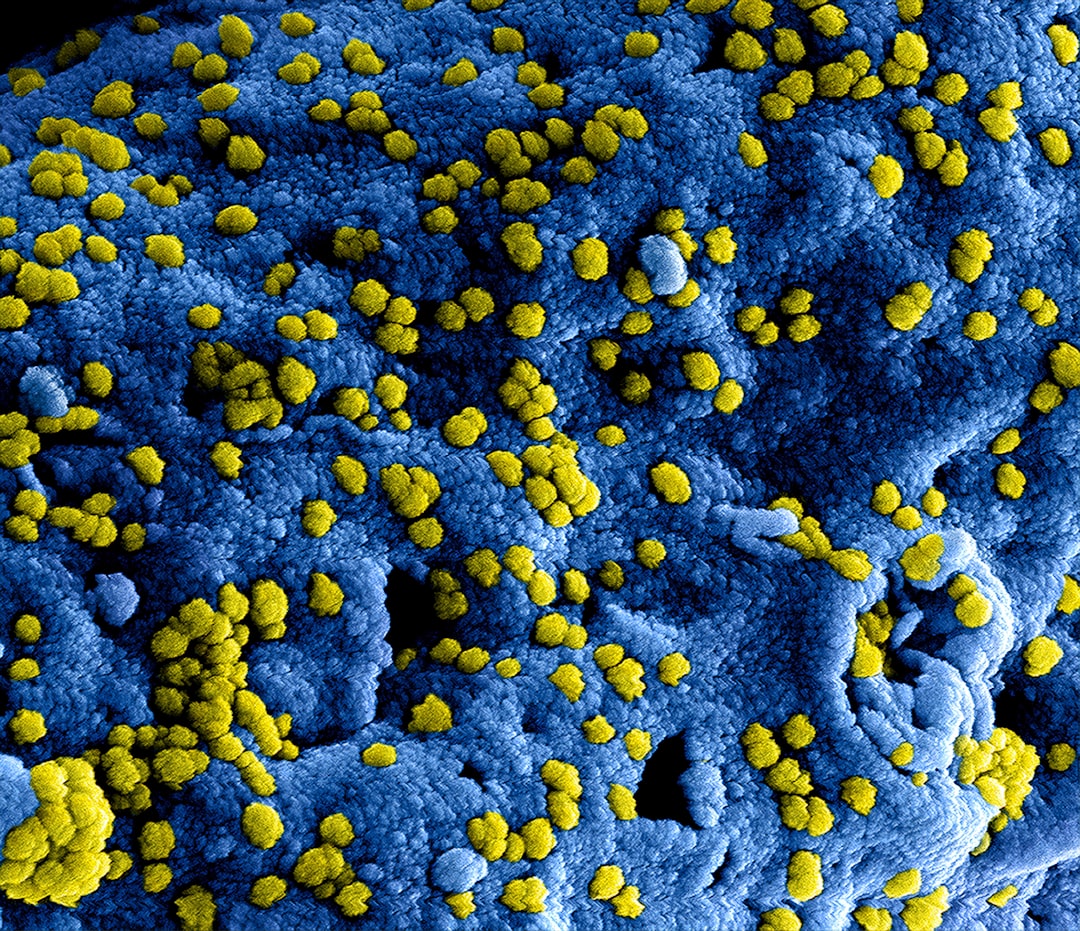What is it about?
The article investigates the protective role of the Rhodanese enzyme against cyanide, a toxic byproduct of amygdalin, in HDF and L929 cell lines. The study could potentially lead to the development of new treatments for cyanide poisoning caused by exposure to amygdalin and enhance our understanding of cellular protective mechanisms. The research findings could be valuable for future studies and development of treatments for cyanide poisoning.
Featured Image

Photo by National Cancer Institute on Unsplash
Why is it important?
The study is important because it investigates the potential protective role of the Rhodanese enzyme against cyanide, a toxic byproduct of amygdalin, in HDF and L929 cell lines. This research could potentially lead to the development of new treatments for cyanide poisoning caused by exposure to amygdalin, which is found in certain plants and foods. Additionally, the findings could enhance our understanding of the mechanisms by which cells defend themselves against toxic substaThe study opens up new possibilities for further research into the protective mechanisms of cells against toxic substances. The findings could be used for developing new treatments for cyanide poisoning caused by amygdalin exposure. Additionally, the study could help in understanding how cells defend themselves against toxic substances and inform future research on cellular protective mechanisms. Further research could explore the potential of Rhodanese enzyme as a therapeutic target for cyanide poisoning and investigate the underlying mechanisms of the protective effect. The study's findings could also be relevant for developing treatments for other conditions related to cellular toxicity.nces and inform future research on cellular protective mechanisms.
Perspectives
The study opens up new possibilities for further research into the protective mechanisms of cells against toxic substances. The findings could be used for developing new treatments for cyanide poisoning caused by amygdalin exposure. Additionally, the study could help in understanding how cells defend themselves against toxic substances and inform future research on cellular protective mechanisms. Further research could explore the potential of Rhodanese enzyme as a therapeutic target for cyanide poisoning and investigate the underlying mechanisms of the protective effect. The study's findings could also be relevant for developing treatments for other conditions related to cellular toxicity.
Dr Ahmed Mohammed Alwan Albuhamad
Mashhad University of Medical Sciences
Read the Original
This page is a summary of: Investigating the Protective Role of Rhodanese Enzyme against Cyanide,
the Cytotoxic by-product of Amygdalin, in HDF and L929 Cell Lines, Letters in Drug Design & Discovery, September 2023, Bentham Science Publishers,
DOI: 10.2174/1570180819666220610101055.
You can read the full text:
Resources
Contributors
The following have contributed to this page










